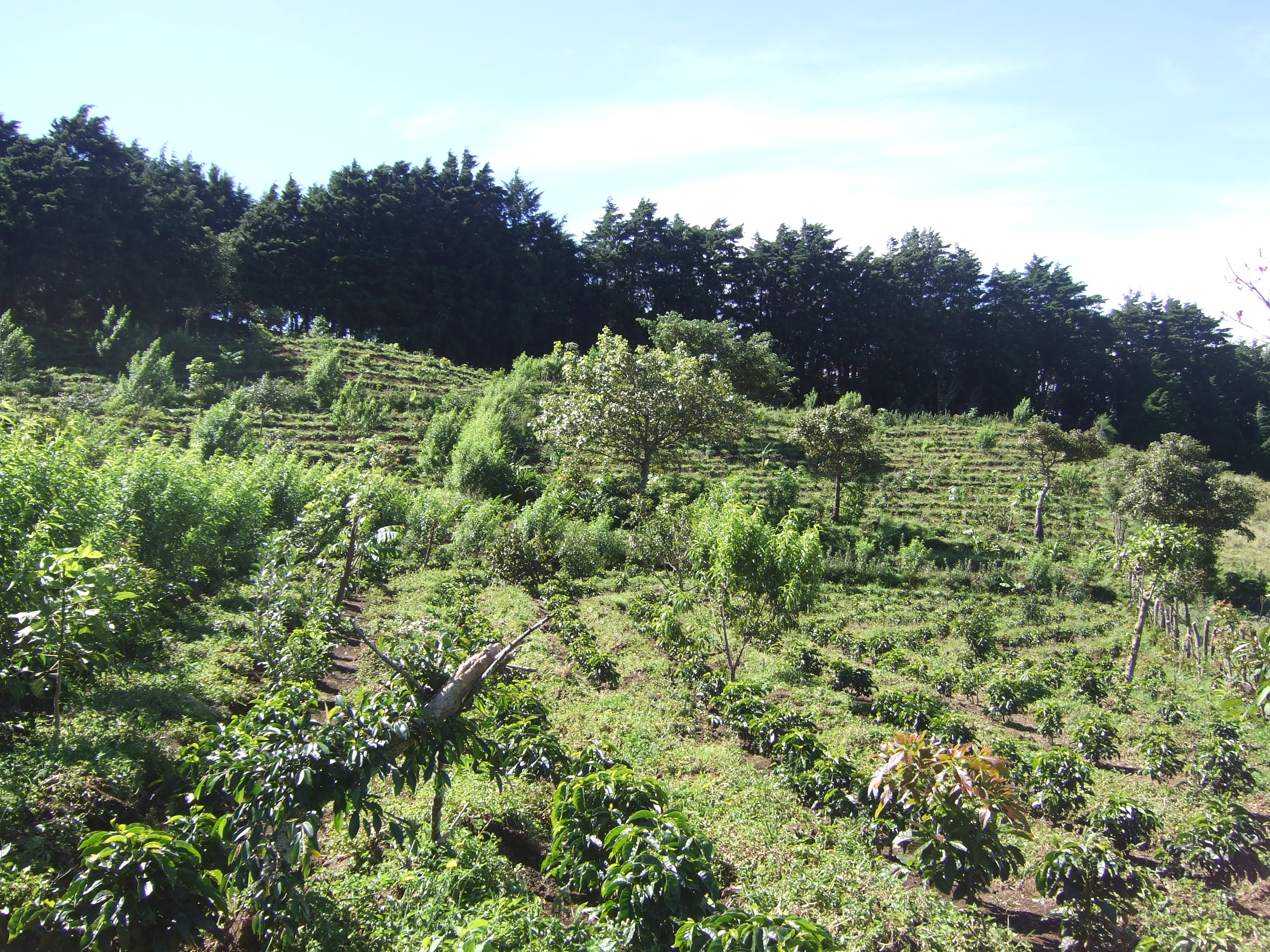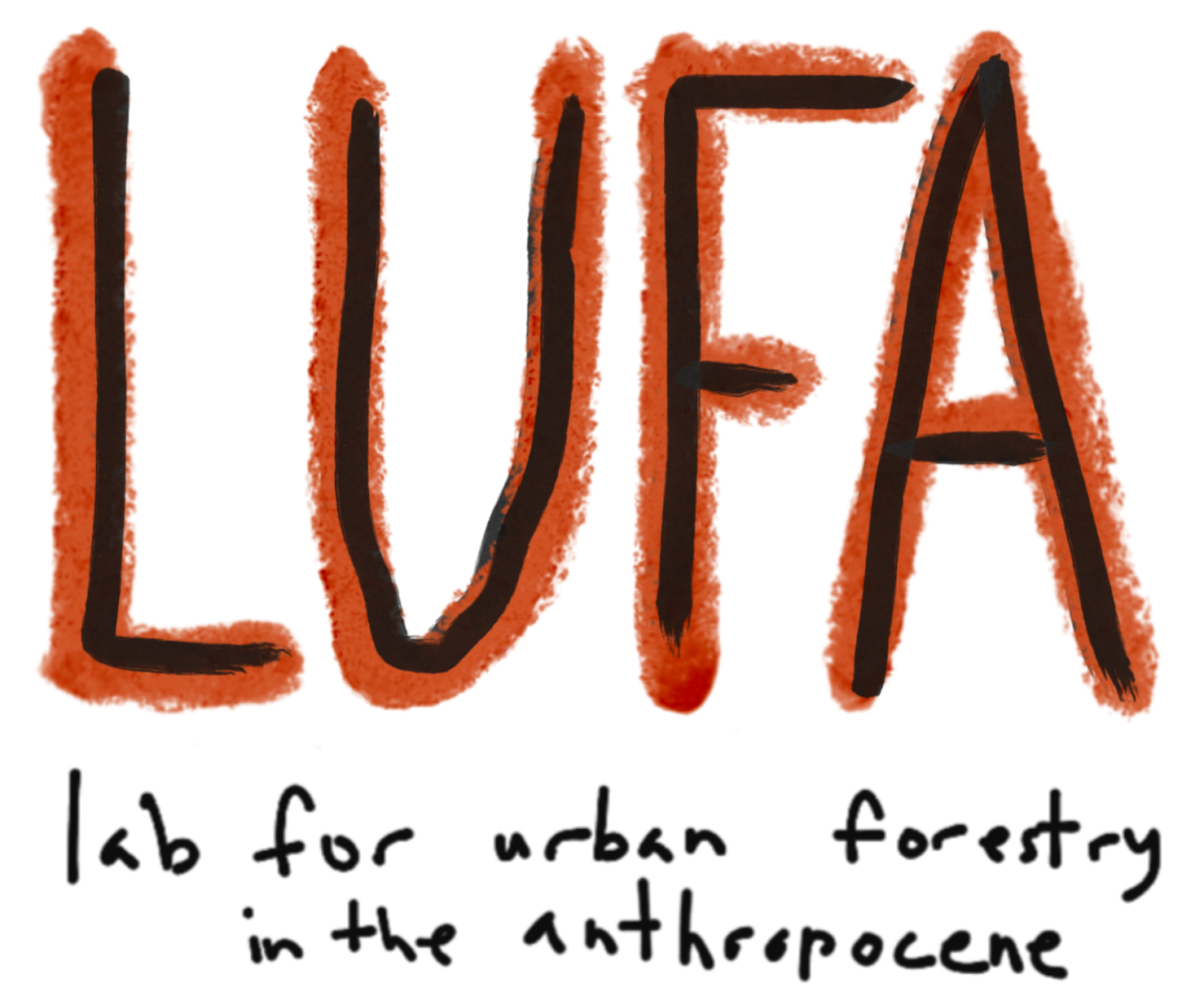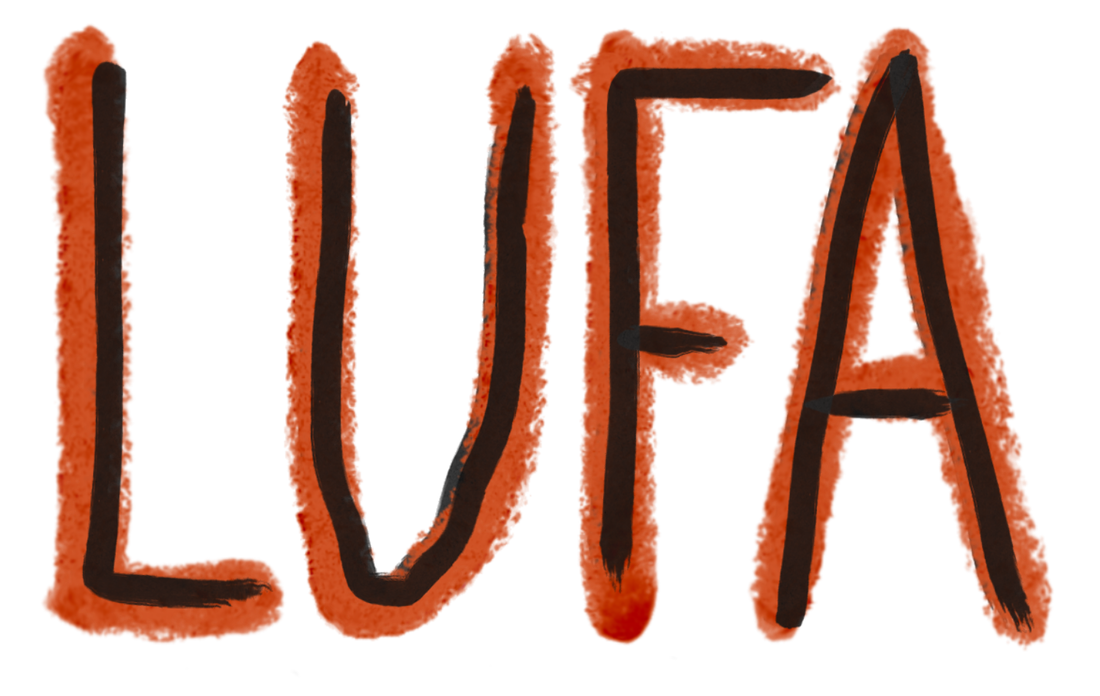BY Eliza MerrittCoffee is one of the most consumed beverages globally, with a billion-dollar industry and a commodity depended upon by people worldwide. Coffee is the second-most sought after commodity in the world after crude oil, and its popularity and consumption continue to expand. The consumption of coffee is most prominent in more-developed countries, while most coffee production occurs in less-developed nations of the Global South. This distance between consumption and production makes for a disconnect between those who consume coffee and who and where produces the product. As water becomes more scarce, soils change, and climate change becomes a more and more pressing issue, coffee producers are feeling pressure to transition to more sustainable methods of production. Already the coffee industry is beginning to suffer due to a decline in suitable environments for coffee cultivation because of rising global temperatures. Exploring the challenges, techniques and goals of sustainable coffee cultivation is the first step in moving towards a coffee industry with lighter environmental impacts.  Mature shade-grown coffee agroforestry at Montes del Cristos Cafe Organico, Costa Rica. (Photo credit: JM Vogt) Mature shade-grown coffee agroforestry at Montes del Cristos Cafe Organico, Costa Rica. (Photo credit: JM Vogt) The popular methods of cultivating coffee contribute to climate change, such as deforestation, use of pesticides and chemicals. Modification of land and elimination of trees, as well as coffee distribution leads to increased CO2 being released into the atmosphere and subsequent surface warming, contributing to ocean acidification and climate change. The clearing of forests in order to make room for coffee production results in loss of habitat for plants and animals, resulting in a reduction of genetic diversity and higher extinction rates. Whether coffee producers want to or not, methods of coffee cultivation and distribution must shift towards more sustainable solutions for the sake of economic necessity as well as environmental degradation. Coffee cultivation takes place within the tropics, as the plant’s optimal temperature is around 70 degrees, with rich soils and consistent, moderate rainfall. As climate change progresses and environments change, fewer areas will be suitable for growing coffee as predicted by Intergovernmental Panel on Climate Change. Warmer temperatures cause accelerated ripening of coffee plants which in turn produce a lower coffee quality, as well as increased likelihood of disease outbreaks and invasion of harmful insects. These limitations for production could have detrimental effects on economies dependent upon coffee exports, as well as coffee shortages for global consumers. Different solutions have been proposed to increase resilience in coffee cultivation and to work with changing climates, in addition to challenges of water scarcity, food scarcity, land-system change and lack of biodiversity. To work with rising temperatures, attempts at genetic engineering a strain with a tolerance for warmer environments have begun. As climate change brings more dramatic El Niño/La Niña cycles and rainfall becomes less consistent, systems of irrigation will become necessary among coffee farms, in turn causing a strain in potable water supply. Wild coffee grows in the partially-shaded rainforests of Ethiopia and was traditionally grown in shaded areas, but more recently a shift towards full-sun coffee fields has occurred in order to produce higher yields (Donald 2004). This shift has resulted in deforestation, loss of biodiversity and many other negative environmental effects. Shaded coffee trees benefits from trees overhead, as their dead leaves provide nutrients to the coffee below. As these trees are eliminated, chemical fertilizers are used to supplement the loss of nutrients, washing nitrates into local watersheds. Full-sun coffee fields put coffee plants in a more vulnerable position for invasion of pests, leading to an increased use of pesticides (Donald 2004). Now, a push towards returning to traditional, shaded coffee fields (pictures on this page) is beginning as consumers, producers and regulating agencies alike are campaigning for more sustainable methods of coffee cultivation. Coffee growing also has implications for people. The coffee industry is fueled by both large-scale plantations and smaller-scale farmer- owed fields. Both situations can produce harsh conditions for coffee farmers, as many are underpaid for their work that produces a lucrative crop desired by wealthier, more-developed nations. Much of the world’s coffee is grown on plantations in developing countries, with workers under harsh working conditions and low wages. These workers have limited access to education and healthcare, as many live in poor, rural areas with little access to energy sources. As work is dependent upon the success of crops, coffee growers have no safety margin or security when crops are unsuccessful, and are forced to find work elsewhere or suffer from lack of income. Many coffee famers have little access to politics or unionization, and so many workers do not know their rights and are taken advantage of by large-scale corporations. Coffee is normally grown as a monoculture, causing negative environmental effects as well as taking up land that could be used to grow food to feed local communities but instead coffee is grown and sold to wealthy, foreign companies. The harsh conditions of coffee producers has prompted a movement towards “fair trade” coffee, certifying that coffee producers are being paid a reasonable, specified amount for their product, aiming to address social and economic inequities. While immense challenges still exist for coffee farmers globally, investing in fair trade coffee is a positive effort to bridge the economic gap between producers and consumers. As a vastly lucrative and important industry, the coffee industry is heavily depended on and already is beginning to experience negative effects of climate change. Adopting sustainable practices, while advocated for by many consumers, poses challenges to the established systems of coffee production supported by large-scale corporations and global powers. Adopting more sustainable methods would also benefit rural coffee farmers who are often exploited by corporations and hold limited resources. It is important as consumers of coffee that countries like the United States take responsibility in the investments towards sustainable solutions within the coffee industry, as well as taking seriously the rights of those who produce our favorite morning beverage. References Donald, P. F. (2004). Biodiversity Impacts of Some Agricultural Commodity Production Systems. Conservation Biology, 18(1), 17-38.
0 Comments
Your comment will be posted after it is approved.
Leave a Reply. |
AuthorsStudents in Jess' ENV 151 Introduction to Sustainability write blog posts on a sustainability-related topic of their choice. ArchivesCategories
All
|
1110 West Belden Avenue Chicago Illinois 60614
|
Site last updated: August 9, 2018.



